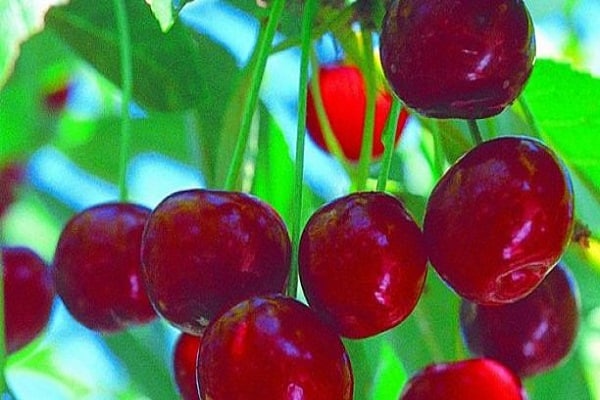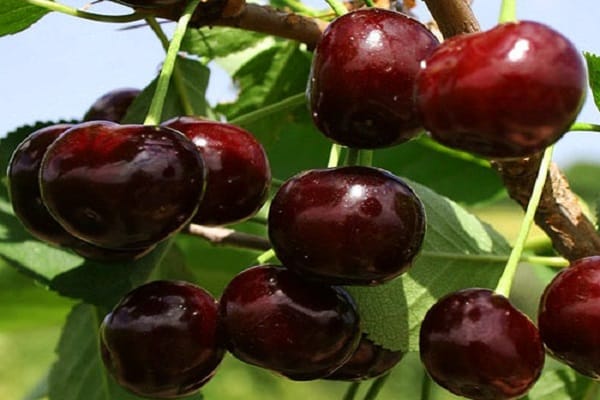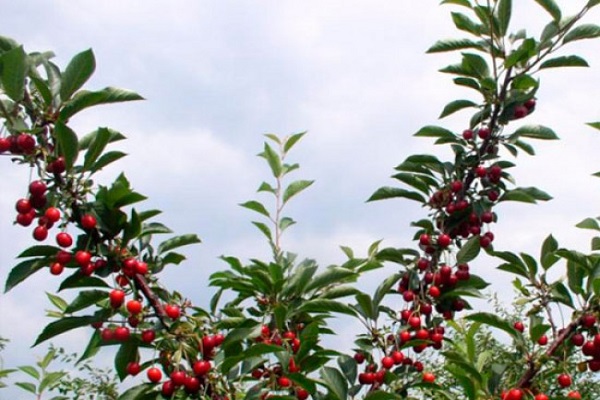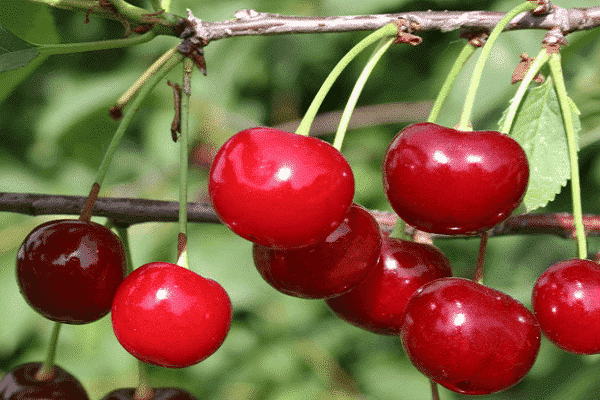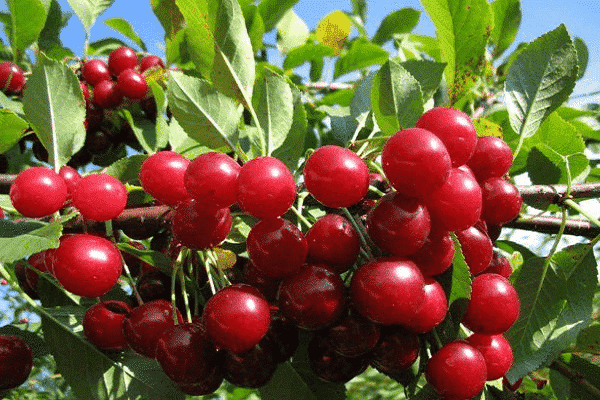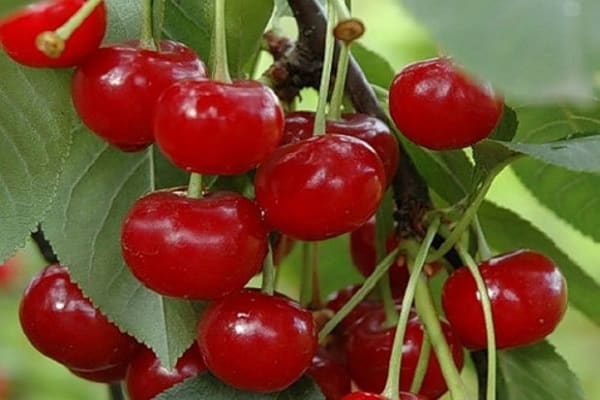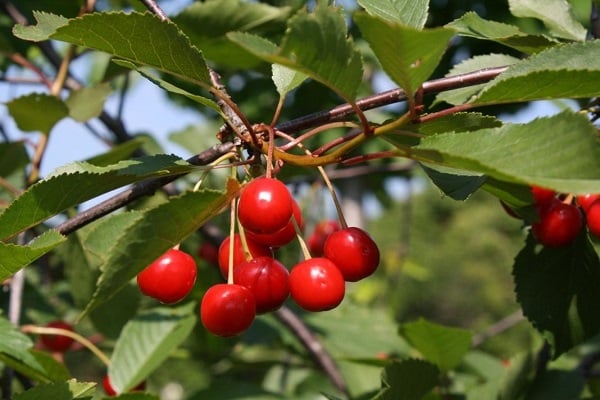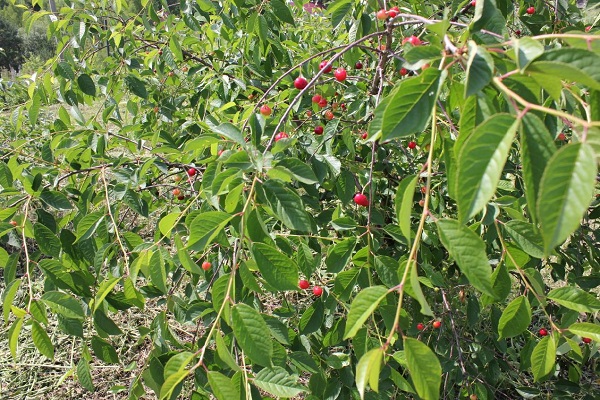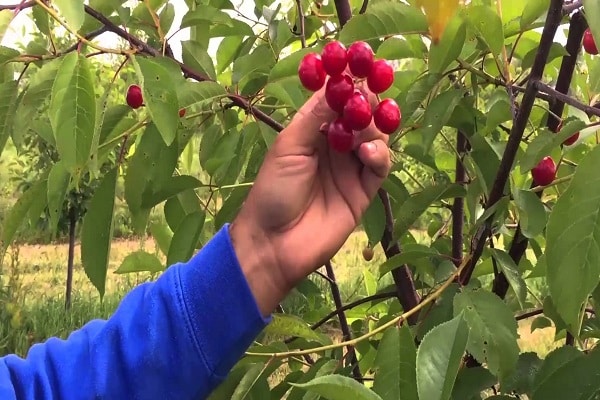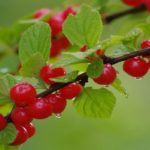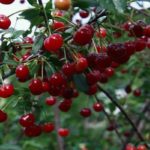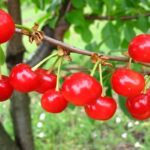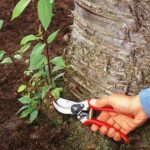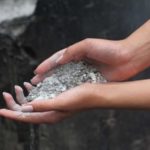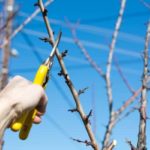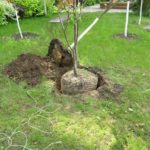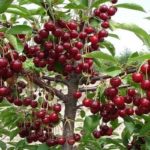For the first time, the Zhivitsa cherry variety was bred by Belarusian breeders. The hybrid was obtained by crossing the Spanish variety Griot Ostheimskiy and the Denisena yellow cherry.
Features of the variety
Zhivitsa is considered one of the popular varieties in Russia. If you study the description of the variety, it becomes not difficult to understand why the hybrid is so popular among gardeners.
Hybrid Zhivitsa is a frost-resistant variety. Fruiting period is mid-early. The tree begins to bear fruit in late June - early July. The plant is not tall, growing up to 2.5 m in height. The crown is compact, the density of branches is average. Flowering begins in May. Resin is a productive variety; up to 150 kg of cherries are harvested from one mature tree.
The fruits are oval in shape, weighing on average 3-4 g. The pulp is burgundy in color, the peel is a rich red-scarlet color. The taste of the fruit is sweet and sour.
Landing Features
Before you start planting a seedling, you need to choose the right place for planting and follow all the rules for planting cherries. The entire yield of the tree depends on the planting of a young seedling.
Selecting a location
As a rule, it is recommended to plant seedlings near sheds or walls of houses. In winter, more snow accumulates in these places, and cherries are not afraid of frost.
Choose open sunny areas with slight shade. It is not recommended to plant cherries in the shade. Most often, southern slopes are considered favorable. Preference should be given to loamy or sandy loam soils. If you plant Zhivitsa on dense clay soils, you won’t have to wait for a good harvest. In such soil the tree bears fruit poorly.
Since the Zhivitsa variety is self-sterile, other cherry varieties are planted nearby. The best pollinating trees of Zhivitsa include:
- All varieties of cherries.
- Cherry Vyanok.
- Seedling No. 1.
In addition, bees are attracted to the garden to increase pollination.
Boarding time
You can plant a seedling twice a year - in spring and autumn. Each planting date has its own advantages and disadvantages. In central latitudes, preference should be given to autumn planting. Seedlings should be planted before mid-October. During this time, the cherry tree will have time to take root and survive the frost.
In the north, cherries are planted in the spring. Favorable dates are considered to be mid-to-late May. Over the summer, the tree will get stronger and will not freeze during the first frosts.
Features of care
Care includes:
- Watering.
- Fertilizer application.
- Tree pruning.
- Loosening the soil.
Despite the fact that Zhivitsa is an unpretentious hybrid, she still needs minimal care.
Watering
Trees are not watered often, no more than 5 times per season. Before each moistening, the soil is loosened. For one watering, no more than 7 buckets of water are poured into the soil.
Watering cherries:
- During the period of kidney swelling.
- After flowering.
- During fruit formation.
- Before harvesting.
Water the trees only with warm water. Excessive soil moisture and drying out of the soil should not be allowed.
Feeding
Fertilizers are applied for the first time in the second year after planting the seedling. In spring, nitrogen-containing fertilizers are applied to the soil to activate bud growth. With the onset of flowering, phosphorus, potassium and nitrogen are added to the soil.
With the onset of fruiting, urea and nitrophoska are added to the soil. In the fall, before the onset of cold weather, the soil is mulched with a thick layer of peat or humus. Once every 5 years the soil is mixed with lime.
Trimming
An important point in care is pruning and shaping the crown. In spring, some shoots and branches are cut off. Leave 5-7 skeletal branches. In addition, the skeletal branches and trunk themselves are thinned out. In autumn, dry, damaged branches are pruned and root shoots are trimmed. The cut branches are burned away from the garden.
Diseases and pests
To prevent the appearance of diseases and parasites, cherries are inspected several times a season. Most often, the tree suffers from clusterosporiosis, gray rot and anthracnose. For these diseases, trees are sprayed with Bordeaux mixture, copper sulfate or Nitrafen.
Insects include the cherry fly, slimy sawfly, aphids and weevils. Cherries are treated against flies with Aktara. The Sawfly is destroyed using Calypso. “Fufanon” helps against weevils. Aphids are destroyed using Nitrafen.In addition, a decoction of onion peels helps.

